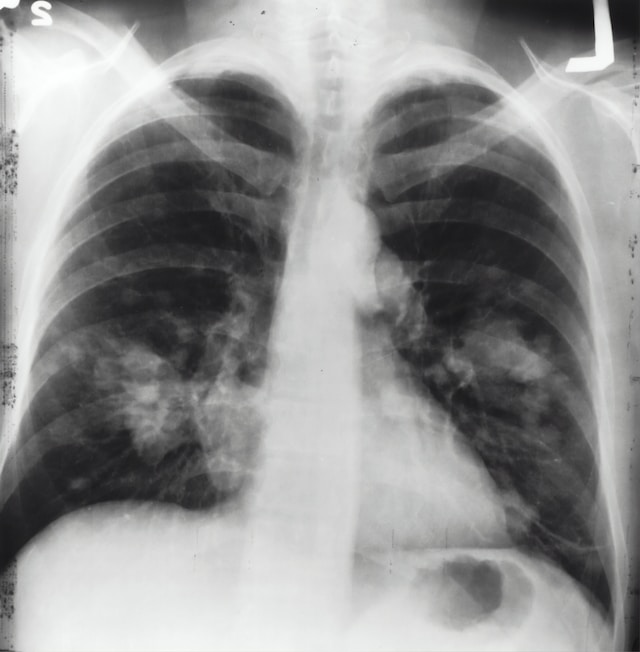A recent study published in the Journal of Thoracic Oncology from Australia is based on a large cohort study of an Australian population to assess the impact of gender differences in the prognosis of lung cancer patients.

Patients with lung cancer from the 45 and Up study (2006-2009) were included in the study and were followed up until December 2015. The study explored prognostic correlates and stratified them into men and women to analyse the impact on prognosis.

Of the 267,153 participants in the 45 and Up study, 1130 eligible participants were diagnosed with lung cancer during follow-up (488 women and 642 men). Compared to men, women were on average younger at diagnosis, had fewer comorbidities and had less education. Women were more likely to be non-smokers and less likely to be passive smokers; more likely to be diagnosed with adenocarcinoma and to undergo surgery within six months of diagnosis. Notably, there was no significant correlation between gender and cancer stage.
The median OS for female patients was 1.28 years compared to 0.77 years for men, with women having a better prognosis than male patients (p<0.001).

When subgroup analysis based on key prognostic factors, including histological subtype, stage at diagnosis, treatment received and smoking status, female patients had longer survival than male patients. The prognosis of female adenocarcinoma patients was better than that of male adenocarcinoma patients regardless of smoking status (logrank p=0.0009). However, there was no significant difference in prognosis between the two groups when smoking was involved (logrank p=0.37). However, at diagnosis, non-smokers were older than former smokers (mean age 74 years vs 69 years, p
<0.0001) and had a significantly lower risk of death from lung cancer after adjusting for age (HR 0.84, 95% CI 0.73-0.98).>
In univariate regression analysis, men had a significantly higher risk of lung cancer death than women (HR 1.43, 95% CI 1.25-1.64; p
<0.0001). After minimal adjustment (age at diagnosis and year), the additional risk of death was reduced by 33% (HR 1.33, 95% CI 1.15- 1.53). After additional, separate adjustment for participant characteristics, lifestyle, tumour or treatment-related factors, the additional risk of death was significantly lower in men, but still significantly higher than in women. Differences in treatment-related factors explained 50% of the difference in survival by gender. This was followed by lifestyle and tumour-related factors (28% and 26% respectively). Due to the correlation between these covariate domains, the sum of domain-specific percentages exceeded 100%. The factors included in the final model together accounted for 81% of the additional risk of death in men, with no statistically significant difference from women (HR 1.06, 95% CI 0.96-1.18; p = 0.26).>
The study suggests that gender-related differences in lung cancer survival are largely determined by known prognostic factors, suggesting an opportunity to explore gender differences in treatment preference, choice and accessibility.






